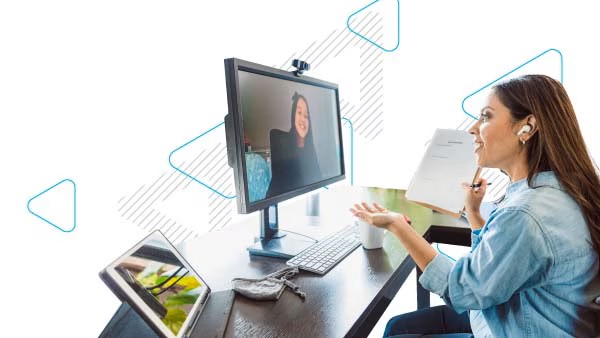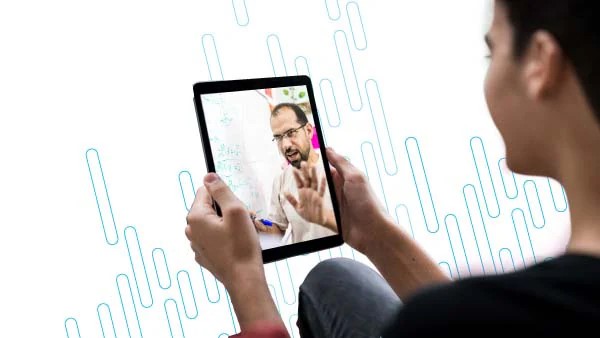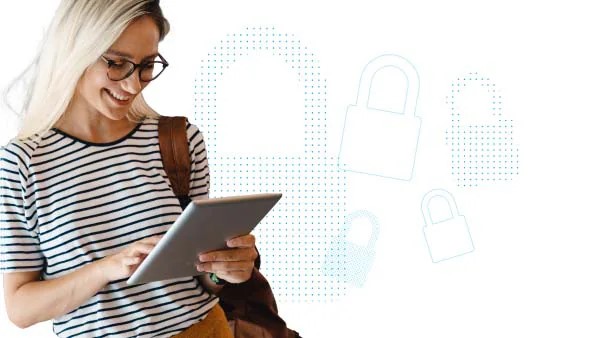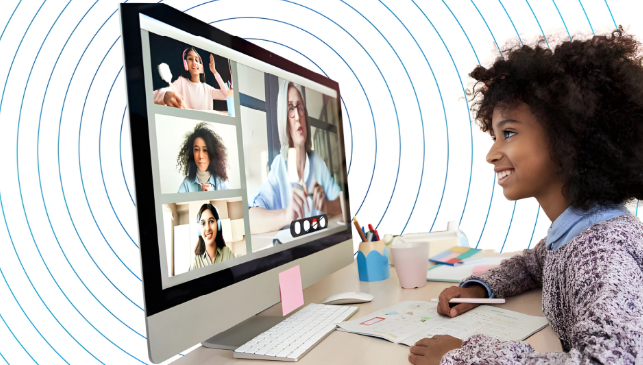
Power Up Your School’s or Library’s Connectivity with E-rate
In today’s digital-first learning environment, fast, reliable connectivity isn’t a luxury—it’s a necessity.
Looking for the broader program details? Read the E-rate overview. Focused on public & tribal libraries? See E-rate for libraries.

Whether you're a K-12 school district managing thousands of student devices or a library providing crucial digital access to your community, the E-rate program can be your key to unlocking the infrastructure needed to support these demands.
What Is E-rate, and Why Does It Matter?
E-rate, formally known as the Schools and Libraries Program of the Universal Service Fund, offers discounts of 20%–90% on broadband and network equipment. Administered by the Universal Service Administrative Co. (USAC) under the FCC, this program levels the playing field by helping educational institutions and libraries invest in high-speed internet, Wi-Fi, and internal connections that power modern learning.

Updated E-rate Category Two (C2) Budgets: What You Need to Know
As of Funding Period 2026–2030, schools and libraries benefit from updated pre-discount C2 budget calculations that increase their purchasing power:
| Entity | Funding Formula | Minimum Funding Floor |
|---|---|---|
| Schools & School Districts | $201.57 per student | $30,175 |
| Libraries & Library Systems | $5.43 per square foot | $30,175 |
| Tribal Libraries | — | $66,385 |
Each entity can use this budget over a five-year cycle, drawing the entire amount upfront or spreading it across multiple years.
If your calculated C2 budget falls below the minimum floor, you’re automatically entitled to the minimum amount.
Explore More About E-rate
Dive deeper into how Cisco and BlueAlly support schools and libraries with E-rate. Whether you’re looking for the full program overview or guidance tailored for libraries, we’ve got you covered.

Why Act Now?
Beginning in Funding Year 2026, a new five-year E-rate cycle will launch— with over $4 billion in fresh funding expected.
These allocations will again be calculated based on updated student enrollment and facility square footage, offering schools and libraries another round of transformative investment power.
Planning and executing now strategically positions your institution to maximize returns from the upcoming cycle. With billions available and more on the way, there’s never been a better time to align your digital infrastructure goals with E-rate’s powerful funding framework.
Connectivity Gaps Still Persist
98%
of schools report Wi-Fi as critical.
79%
expect to upgrade their networks within three years.
95%
say E-rate doesn’t fully cover their needs—underscoring the urgency to maximize every available dollar.
How to Maximize Your E-rate Benefits
Assess needs
Assess your infrastructure needs, from internal Wi-Fi to broadband access.
Calculate funding
Use the USAC C2 Budget Tool to calculate your funding potential.
Leverage partners
Leverage partner support to streamline the application and procurement process.
Apply early
Apply early and track deadlines—service delivery must be completed by September 30, 2027 for FY2026 projects.

Final Thought
Connectivity is the foundation of digital equity. Through strategic use of E-rate funding, schools and libraries can build future-ready networks that serve every student, educator, and patron.
BlueAlly is here to help you navigate the complexities of E-rate so you can focus on what matters most—education and access.
Bridging the Divide: The FY2026 Tribal Nation E-Rate Strategy for Libraries and Schools
Explore how the FY2026 E-rate cycle is designed for Tribal Nations — with expanded funding floors, T-LEAP support, and strategic guidance to accelerate digital equity across Indian Country.
Read the Blog

